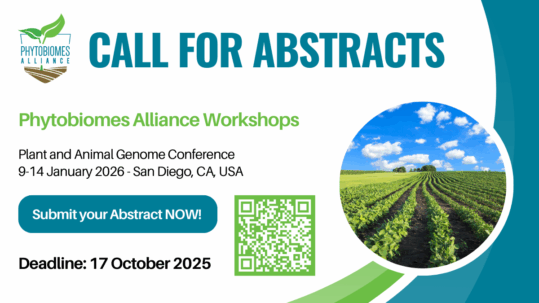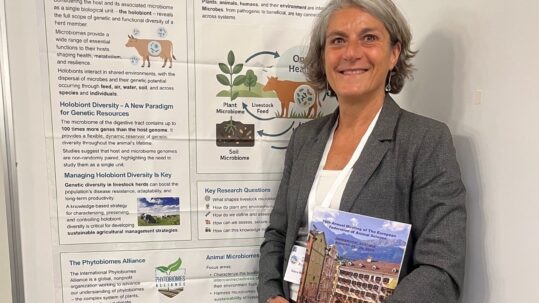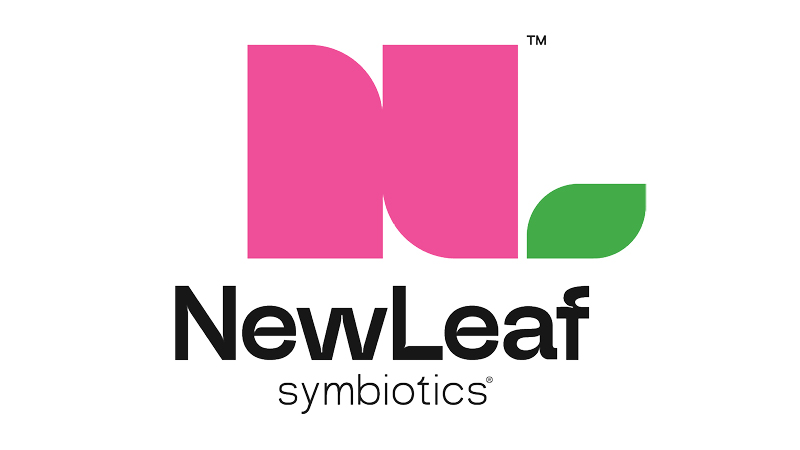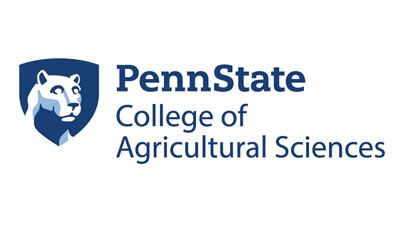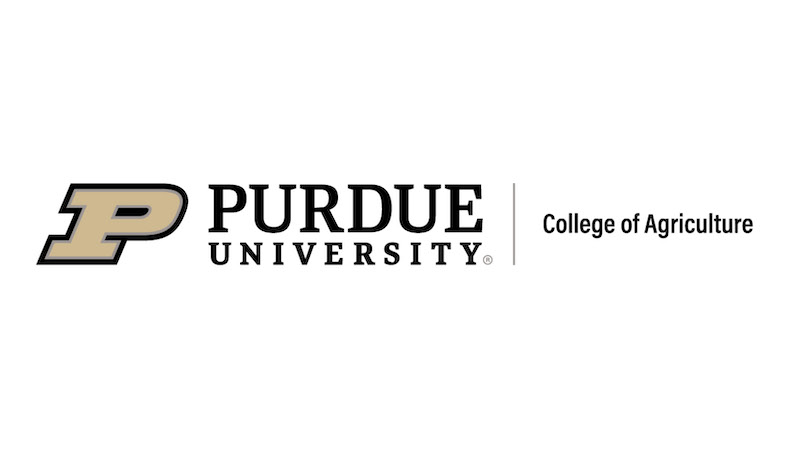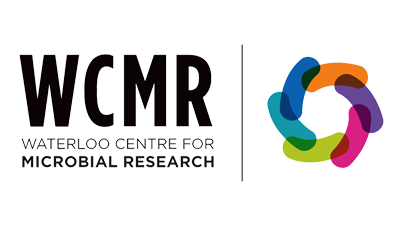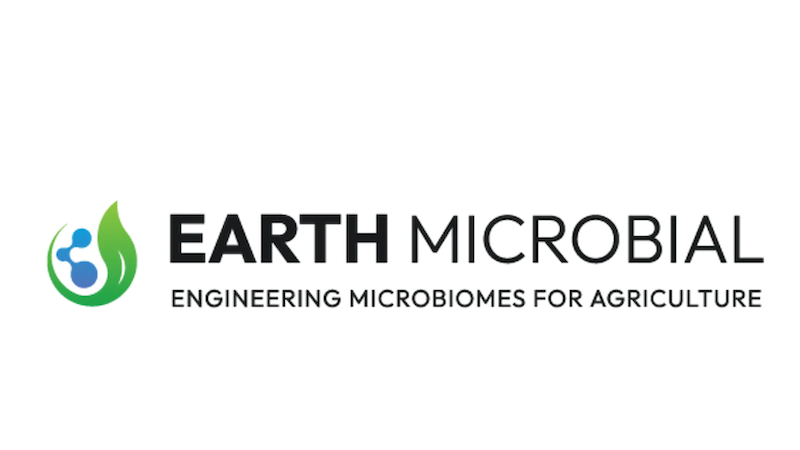Featured Project
Improved identification and detection of select agent Ralstonia solanacearum strains threatening the US potato industry
The goal of this project is to develop a data-driven framework for improving the regulation and detection of Rs strains that threaten US agriculture.
The primary purpose of this project is to precisely circumscribe the authentically threatening Rs strains that are highly aggressive on potato at cool temperatures using a combination of phenotypic assays and bioinformatics to evaluate current diagnostic markers.
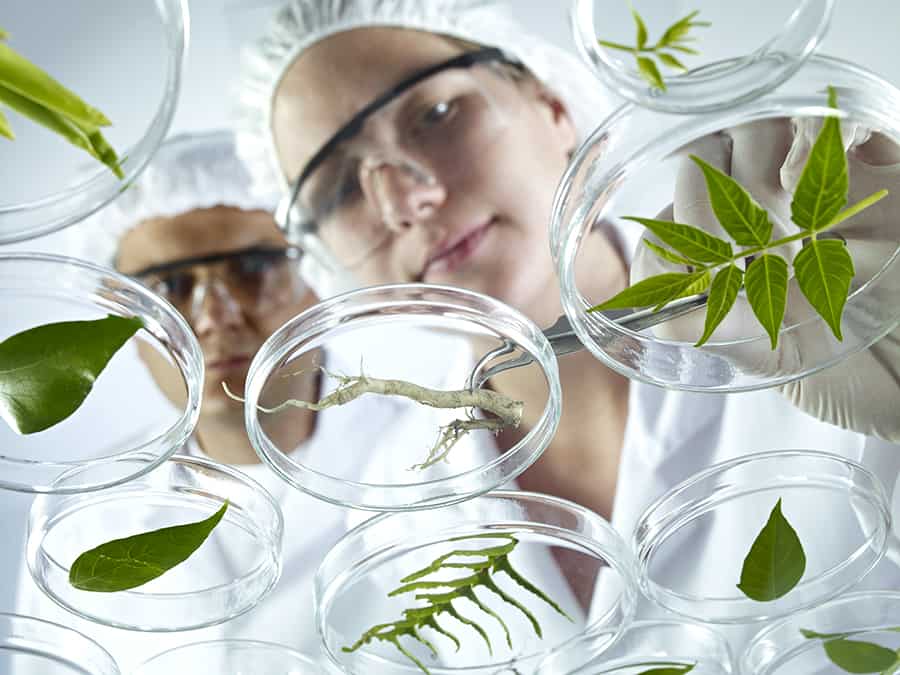
Upcoming Events
Organized by the Alliance
Designing biosensors to inform ecosystem engineering
Webinar
10 September 2025 • Virtual



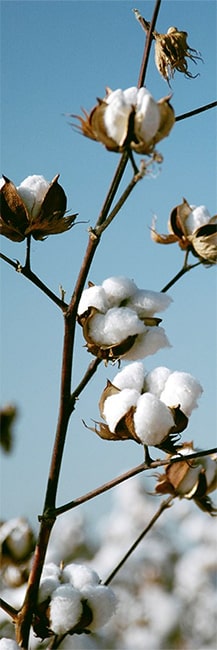
Featured Sponsor
Syngenta
Syngenta Crop Protection is a leader in agricultural innovation, bringing breakthrough technologies and solutions that enable farmers to grow productively and sustainably. We offer a leading portfolio of crop protection solutions for plant and soil health, as well as digital solutions that transform the decision-making capabilities of farmers. Our 17,900 employees serve to advance agriculture in more than 90 countries around the world. Syngenta Crop Protection is headquartered in Basel, Switzerland, and is part of the Syngenta Group.
Latest News
-
-
Webinar: Designing biosensors to inform ecosystem engineering
An effective strategy to enhance the resilience and productivity of biofeedstocks is to engineer plant-associated microbiomes. One example of microbiome manipulation is the use of biofertilizers and biopesticides containing plant growth-promoting microbes to improve plant health and pest resistance. However, these introduced microbes often fail to establish, persist, and consistently deliver benefits under varying environmental conditions. To address these challenges, we are developing novel biosensors to provide real-time measurements of microbial persistence and metabolic activity in complex environments. Here, we describe the development of Bacillus velezensis as a biosensor to support microbiome engineering in the plant rhizosphere. Specifically, we are engineering a gas-based biosensor that produces an indicator gas detectable by gas chromatography–mass spectrometry, enabling real-time, non-disruptive monitoring of microbial activity in soils from laboratory to greenhouse scales. We are utilizing a constitutive version of this gas biosensor to investigate how genetic traits influence B. velezensis survival under abiotic and biotic stress conditions, as well as inducible versions to assess the bioavailability of root exudates and their roles in plant-microbe interactions. Overall, these technical advancements will enable critical in situ monitoring of microbial activity, facilitating the identification of genetic modifications that can predictably and safely improve the performance of engineered plant biostimulants. September 10, 2025 News, Webinar -
Switch Bioworks joins the Phytobiomes Alliance
The Phytobiomes Alliance is pleased to announce that Switch Bioworks has joined the organization as a sponsoring partner. Switch Bioworks... September 09, 2025 News -
The Alliance at the EAAP meeting
The Alliance presented a poster at the 76th EAAP(European Federation of Animal Science) Meeting in Innsbruck, Austria (25-29 August). August 29, 2025 News


